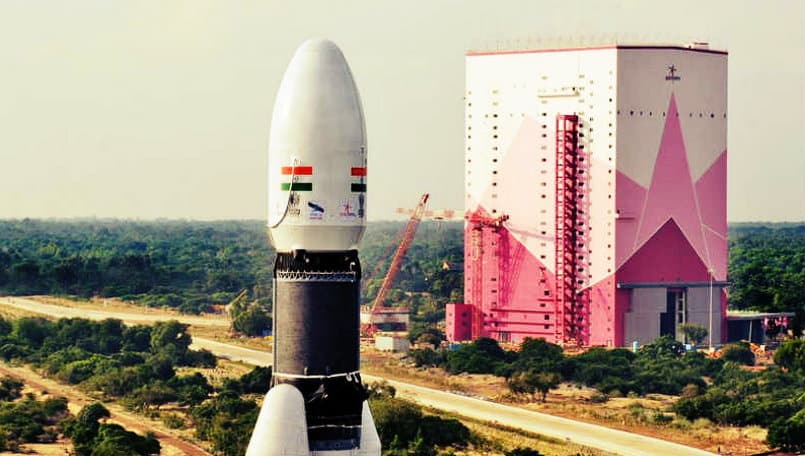GSAT-31: ISRO All Set To Launch India’s 40th Communication Satellite Launch

India’s latest communication satellite GSAT-31 was successfully launched by European launch services provider- Arianespace’s rocket from French Guiana in the early hours of Wednesday.
Blasting off from Ariane Launch Complex at Kourou, a French territory located in the northeastern coast of South America at 2.31 am (IST), the Ariane-5 vehicle-injected GSAT-31 into the orbit in a flawless flight lasting about 42 minutes. “It gives me great pleasure on the successful launch of GSAT-31 spacecraft onboard Ariane-5,” Indian Space Research Organisation’s (ISRO) Satish Dhawan Space Centre (SDSC) Director S Pandian said at Kourou soon after the launch.
“Congratulation to Arianespace on the successful launch and precise injection of the satellite into the orbit,” he added.
The GSAT-31 is a “high power” communication satellite with Ku-band, and it is going to serve and replace some of the satellites that are going to expire soon, he said further.
Arianespace CEO Stéphane Israël tweeted: “2019 is off to a roaring start for #Arianespace! Flight #VA247, carrying Saudi Geostationary Satellite 1/Hellas Sat 4 and GSAT-31, is a confirmed success that underscores our leadership position in the geostationary launch market. @KACST #HellasSat @ISRO @LockheedMartin.” The Ariane-5 vehicle (Flight VA247) also carried Saudi Geostationary Satellite 1/Hellas Sat 4 along with GSAT-31.
GSAT-31 separated from the Ariane-5 in an elliptical Geosynchronous Transfer Orbit with a perigee (nearest point to Earth) of 250 km and an apogee (farthest point to Earth) of 35,850 km, inclined at an angle of 3.0 degree to the equator, ISRO said in a release after the launch. After separation from Ariane-5, the two solar arrays of GSAT-31 were automatically deployed in quick succession and ISRO’s Master Control Facility at Hassan in Karnataka took over the command and control of GSAT-31 and found its health parameters normal, it said.
In the days ahead, scientists will undertake phase-wise orbit-raising maneuvres to place the satellite in Geostationary Orbit (36,000 km above the equator) using its onboard propulsion system.
During the final stages of its orbit raising operations, the antenna reflector of GSAT-31 will be deployed, and following this, the satellite will be put in its final orbital configuration, the space agency said, adding that the satellite will be operational after the successful completion of all in-orbit tests.
